Bartolo Mascarello: Not just a Great Italian Winery, but One of the World’s Great Wineries
by Ken Gargett
Sometimes, you have to wonder how these things start. On a recent trip to Italy, one of the highlights (among many, I should add) was a planned visit to the legendary Barolo winery, Bartolo Mascarello. I had been warned that the current custodian, Maria Teresa Mascarello, could be elusive.
As it turned out, she could not have been more hospitable, welcoming, and generous with both her time and her astonishing wines. A human dynamo.
Perhaps it was a rumor started by someone who could not get a visit (mine came as I was traveling with an old friend of hers who looked after the importation of her wines for many years). Perhaps it was started by someone who could not find the place – honestly, if you did not know where to go, even in the small township of Barolo, you’d never find it. The only hint is a tiny little plaque on the wall, about the size of a Smart Phone.
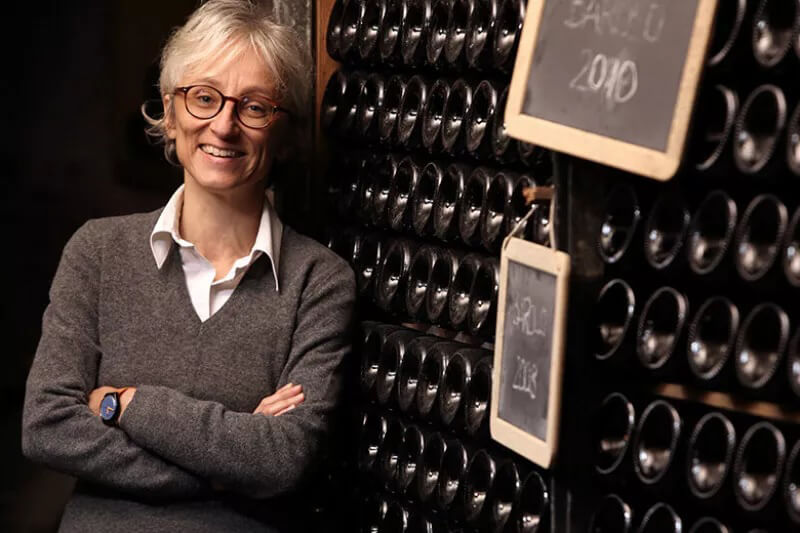
Maria Teresa Mascarello (photo courtesy www.mamablip.com)
I did get a hint though of just how respected and in control Maria Teresa is when we were looking through the winery. I asked a question of one of the team (Maria Teresa was not with us at the time). I can’t even recall what the question was, but the look of utter horror on the faces of her team made it very clear that nothing happened unless it was at the say so of Maria Teresa. Which seems fair – it is her winery, and the results are truly special.
As one said, ‘Maria Teresa rules’!
By chance, we did meet the night before our planned visit as our group was having dinner at La Cantinetta, a small restaurant in Barolo famous for its duck egg raviol0. Maria Teresa arrived with her own group to celebrate a family birthday. Fortunately, as she passed and we were introduced, we had a bottle of Mascarello on the table.
————————————————————————————————————–
—————————————————————————————————–
Bartolo Mascarello is not just a legendary Barolo wine producer, or even Italian maker, it is one of the world’s great wineries, commencing even before Bartolo’s time, when his father, Giulio, established the winery on the First of January, 1920, with the support of his family. A cousin lent him 10,000 lire, which was underwritten by his father, Bartolomeo.
Giulio was trained by Bartolomeo, who was cellar master at Cantina Sociale di Barolo, before it closed in the 1920s. Giulio had worked in Genova before establishing his winery and had friends there who became his first customers. By the 1930s, he expanded the family’s small holdings, first in such renowned crus as Cannubi and San Lorenzo and then Rocche in La Morra. Giulio was 86 when he passed away in 1981, but by that stage, his son Bartolo, was making the wines.
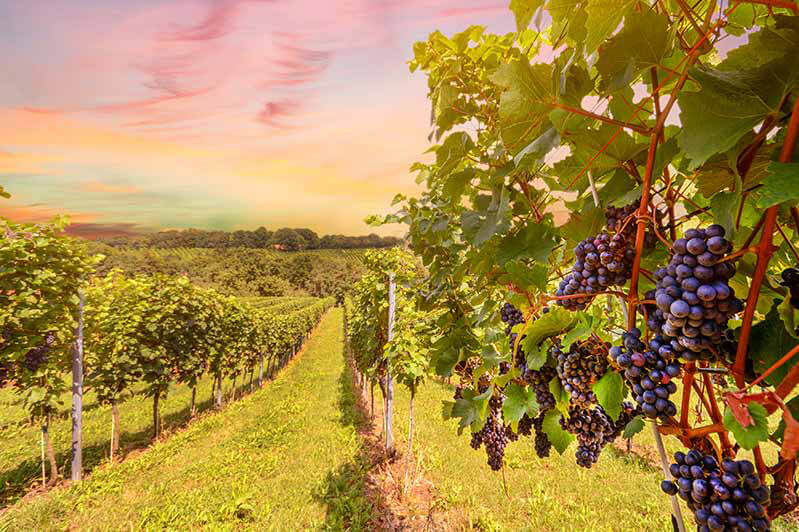
Bartolo Mascarello vineyards (photo courtesy www.vinovest.co)
Bartolo had a distinguished career as a partisan in World War II, fighting throughout Langhe with compatriots (he would apparently tell German customers in good humor, ‘first you chase me, now you chase my wines’).
Such an affiliation was no doubt heavily influenced by his father, Giulio, who had written in 1926, when the Fascist Party had decreed that young men attend induction courses, that such courses served no purpose other than “systemically filling the heads of the participants with the new, egregiously nationalistic, product, or in other words, with disciplined stupidity”.
Most of the Barolo Giulio sold in the day was via demijohn. It was not until Bartolo was in charge that sales of bottles exceeded those of the demijohns.
It is likely that Bartolo first came to the attention of winelovers around the world, not so much for his wines, as the production and export was effectively miniscule, but as one of the leaders in the ‘Barolo Wars’. Bartolo was a fierce defender of traditional Barolo. The story is worth exploring and Kerin O’Keefe’s account in her superb book, ‘Barolo and Barbaresco’, is as good a place as any.
—————————————————————————————————–
—————————————————————————————————–
The ‘80s had seen the terrible ‘methanol scandal’, when in 1986, 23 people were killed, and dozens more blinded, when bottles of Barbera, made in Piedmont, had methanol added to increase the alcohol levels. It greatly damaged the reputation of not just Piedmont but Italian wines around the world for quite some time. Sales, at home and internationally, were devastated.
A series of outstanding vintages – 1988, 1989 and 1990 – seemed a good place to start the redemption. This was a time when the wines were seeing exposure internationally, but some critics and retailers were critical of the color of the wines – great Nebbiolo is often a much paler hue than one finds in wines like Cabernet and Shiraz.
It was a clue to what was coming. Bartolo Mascarello had a wonderful response when asked about the pale color of his Barolo, quoted by O’Keefe, “that is like saying that the women in Ethiopia are beautiful. Too bad they’re black”. The man was known for speaking his mind.
While the color was an issue for some, what was far more contentious was the use of oak. Traditionally, old Slavonian large format (sometimes, 2,500 liters, but often 5,000 to 10,000 liters) was the choice in Barolo, but there was a move towards a more international style involving barriques, usually French. This was, for many, instant gratification as opposed to what a mature, complex Barolo could offer. The debate was antagonistic, to say the least. Lower yields and the use of rotary fermenters were also introduced, becoming a further issue.
All of this led to wines with much more appeal in their youth, and in turn they received very high scores from critics. Sadly, the Tradionalists suffered at the hands of certain critics. The nadir of this was surely when the Wine Spectator gave Bartolo Mascarello’s 1989 Barolo 76 points (seriously, faulty wines get better scores). Robert Parker in the Wine Advocate, whom one might have thought would side with the Modernists, and my apologies for such appalling and incorrect profiling, gave it a much more realistic and reasonable 96.
—————————————————————————————————–
—————————————————————————————————–
The average price currently quoted on Winesearcher is AUD$1,223. I doubt any other wine given 76 has quite reached that level, although another Tradionalist, Bruno Giacosa, hardly fared any better with his 1989 Collina Rionda. The Wine Spectator considered it worth all of 78/100. Parker thought it 100/100, and today’s average price on Winesearcher is A$6,216.
The Modernists wanted softer tannins, wines that were more approachable in their youth and offering good fruit concentration. They were led by names such as Elio Altare, Luciano Sandrone, Domenico Clerico, Scavino, Voerzio, and La Spinetta. Gaja is another though they are based in Barbaresco, of course. Modernists wanted those heavily extracted styles, while the colors were very unNebbiolo-like, dark and dense.
There were rumors about some less scrupulous makers incorporating Barbera, Cabernet and Merlot to achieve that, but nothing was ever proved or confirmed.
The Traditionalists wanted Barolo to remain the way it was, even if this meant a number of years maturation – both in their large format Slavonian botti and then bottle – would be required, where the tannins and acidity usually rule over the fruit. Oak influence with the wines from the Tradionalists is negligible.
Tradionalists include names such as Giacomo Conterno, Teobaldo Cappellano, Bruno Giacosa, Bartolo Mascarello, Beppe Rinaldi, Marcarini and Cavallotto. At one stage, Mascarello, Rinaldi and Cappellano were known as the Last of the Mohicans for their refusal to adopt a modern approach.
The War is not really over, though it does seem the animosity has diminished. Two styles emerged and the consumer can take their pick (or enjoy both). Worth noting that there has been some ebb and flow and these days, Clerico has moved back towards a position considered more traditional.
Some have taken a more mid-point approach, for example, larger French oak barrels, around 500 litres, some new. It may be a dangerous position to take in an article extolling the glories of the Mascarello Barolos, but personally, both approaches have seen some superb wines over the years.
Sadly, Bartolo Mascarello passed away in 2005. The estate has been run seamlessly, since then by his daughter, Maria Teresa. Bartolo had allegedly insisted she promise never to move to barriques, though one suspects that there is little chance of that ever happening.
—————————————————————————————————–
—————————————————————————————————–
Maria Teresa has fully followed in her father’s traditionalist approach. Bartolo Mascarello, in his inimitable manner, had made his position very clear by stating “as the time came to change oak casks I made sure that every corner of the cellar was filled (with Slavonian casks), so that when I die there would be no room for barriques”.
Worth also mentioning one other wonderful moment. Bartolo was also known to draw labels. His most famous was the “No Barrique, No Berlusconi” bottling. It seems he was as fond of Italy’s former leader as he was of French barriques.
Those bottles are collectors’ items today, although one, in a retailer’s window, was actually confiscated by the authorities for contravention of political advertising during an election. Bottles have been known to go for over US$10,000.
This is a family that adheres to the old ways. Apparently, there is no email nor website (I certainly could not find one), and until 1990 they did not even have a phone. There are those who believe that Maria Teresa has taken the wines to unprecedented heights, but I’ll confess my experience with older Mascarello is so limited that I could not comment usefully.
That said, the wines are, unquestionably, some of the greatest Barolo has ever made. An achievement for someone who admits that she had no interest in wine in her early days, and claims not to have even tried it until she was 20.
Maria Teresa has also had her own battles to wage. She is implacably opposed to the extension to the Cru of Cannubi, from 15 hectares to 34. This is being forced through by Marchesi di Barolo. The matter has bounced back and forth in the courts.
It does seem a little odd that one producer can successfully push through the doubling of one of the world’s most famous and revered vineyards. Obviously, it is of great economic value to those who will be included, but how much it devalues the wines under that name will be a long term issue. Sadly, this was a battle that Maria Teresa was not able to win, with the highest court ruling in favor of extension.
—————————————————————————————————–
—————————————————————————————————–
Today, the winemaking at Mascarello follows the path it always has. Fermentation in glass-lined concrete tanks, yeasts are provided naturally by the winery with nothing specifically added unless it proves necessary. There is no temperature control.
Fermentation and maceration is usually around six to seven weeks. Then extended maturation in those large format casks – three years in those large, untoasted, 25 hectoliters Slavonian botti, followed by a year in bottle before release. The botti are between three and thirty years of age.
New casks, when they arrive, are filled with salt water and then varieties like Dolcetto and Barbera. They do not see Nebbiolo until they are at least 18 months old.
There is no move to single vineyard Barolo here – currently, the latest trend. They use the Nebbiolo from their four crus – Cannubi, San Lorenzo, Rue in the Barolo village and Rocche in La Morra – to make a single Barolo. There is no Riserva today, although there once was.
Bartolo used to tell customers that he did not make a Cru, just a Barolo. “If I made a Cru, I’d have to charge more”. Bartolo believed that single sites did not succeed every year and that great Barolo needed the “compensating characteristics of different vineyards.” The estate has five hectares of vineyards.
Total production is just 35,000 bottles, which includes their Dolcetto (6,000 bottles), Barbera d’Alba (5,000), Langhe Nebbiolo (4,000) and Langhe Fresia (2,000), as well as their Barolo, which is around half the production at 18,000 bottles.
They are known for the production of a significantly high percentage of magnums, as well.
—————————————————————————————————–
—————————————————————————————————–
The Liv-ex site compared scores for some of the recent top vintages of the Barolo.
| VINTAGE | VINOUS | WINE ADVOCATE |
| 2018 | 94 | 97+ |
| 2017 | 94 | 96 |
| 2016 | 98+ | 100 |
| 2010 | 100 | 96 |
| 2009 | 94 | 94 |
These are serious scores in any language, though I must say that I’d be inclined to align more closely with the Advocate (although their score for the 2010 seems a little harsh). The general dislike of the 2018 vintage as expressed by Galloni from Vinous is well known and something that baffles me. 2018 might not match 2016 or 2010, but it is surely a brilliant year. I would have no hesitation in stocking my cellar with any number of 2018 Barolo.
I asked about vintages. The current 2019 is considered as “classic”. 2021 will be another superb year. Usually it is the ’even’ years, with 2004, 2006, 2008, 2010, 2012 and 2016 are all excellent, as is 2005. I have mentioned 2018.
The wines
We tasted the current releases and what a collection! Prices will vary around the world, but for the Barolo, say £400, US$500 or A$800, if you are lucky. It could well be considerably more. I have given scores, but they are almost irrelevant. Grab whatever you can (afford to) get.
Dolcetto d’Alba 2022 – This had seen nine months in wood. Notes of spices, strawberry jam and cherry pit notes. Bright and vibrant with a lovely fresh nose. This is seamless with a lovely lingering finish. Finely balanced, enjoy it any time over the next half dozen years. 92.
Freisa 2021 – Such a silky wine. spices, dry herbs, raspberries, and roses. Soft acidity, a wine of medium length and very fine tannins. This is a delightful example of the variety. Supposedly related to Nebbiolo, Freisa is Italian for strawberry and it is easy to see why.
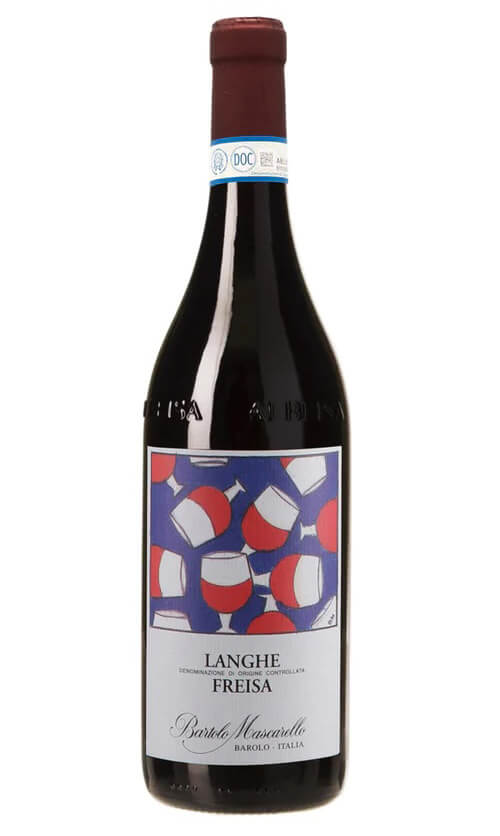
Bartolo Mascarello Freisa 2021
Apparently, there are only about ten producers still making the variety, which seems a shame. The variety is usually made as a slightly sweet sparkler. This is the second vintage at Mascarello where they have made it as a still wine, a move apparently brought about by climate change. 91.
Barbera d’Alba 2021 – Mascarello is well known for usually using just their own grapes from their vineyards, but here they did purchase supplies. The reason is because their vineyard is in the process of being replanted. It will be until 2026 before they have their own Barbera grapes again. The last vintage made from their own grapes was 2019, which just happened to be the wine we had on the table when Maria Teresa arrived at the restaurant – and what a wonderful Barbera it was.
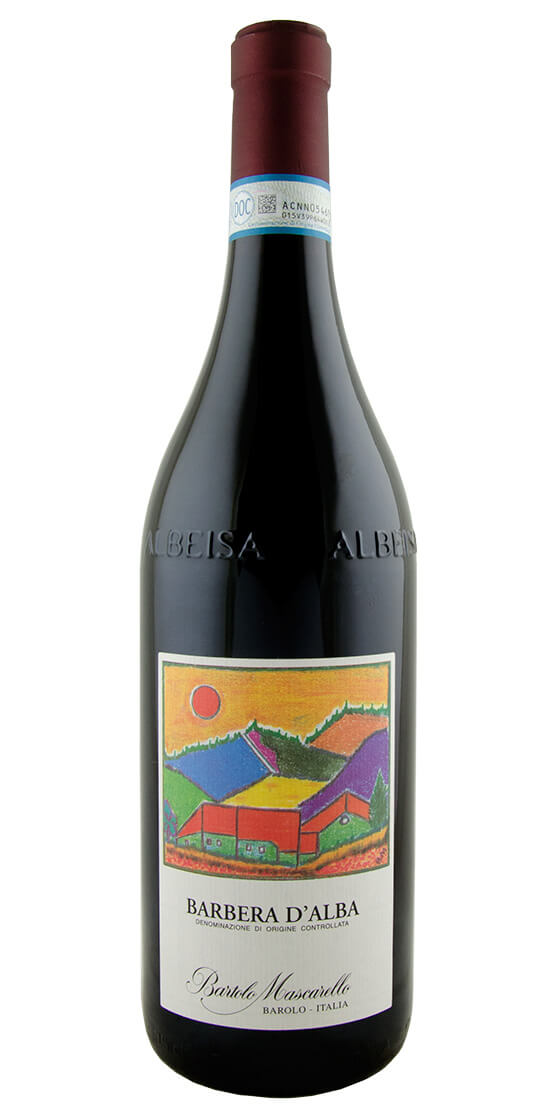
Bartolo Mascarello Barbera d’Alba 2021
I know that there is some ambivalence over Barbera as a wine, but the scales fell from my eyes on this recent visit. Barbera can be a wonderful wine. A friend says, ‘How can you not like Barbera? It would be like not liking puppies’.
This was focused and fresh, full of red fruits. A hint of a saline line running the length, carrying the flavors and adding to the vibrancy. Some complexity here with notes of raspberries, tobacco leaf and plums. Good floral characters. Bright acidity and excellent length. Supple and seamless.
—————————————————————————————————–
—————————————————————————————————–
Now for six to eight years. If you don’t like it, get a puppy. 93.
Langhe Nebbiolo 2021 – The Langhe Nebb is usually purchased grapes also, unless they use declassified grapes from their own vineyards, such as in 2002. 22 months of wood.
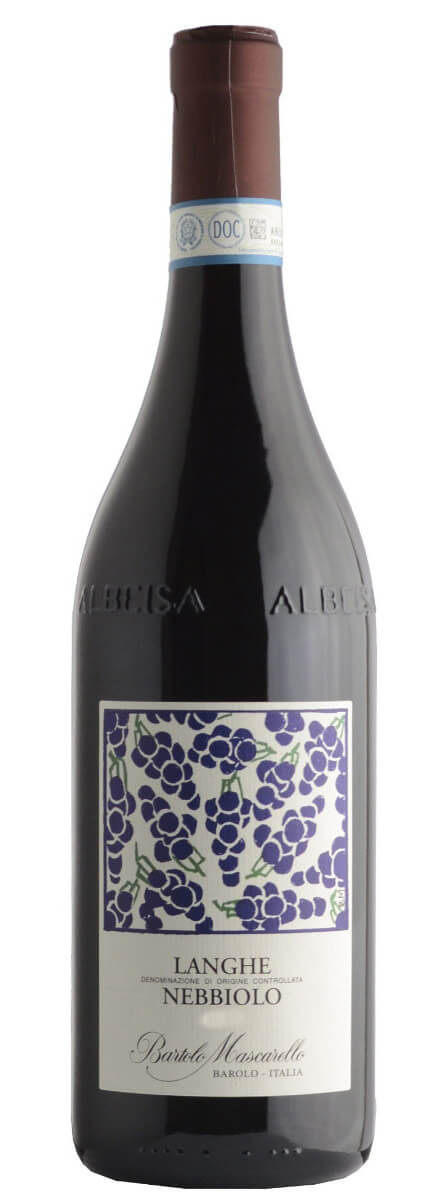
Bartolo Mascarello Langhe Nebbiolo 2021
Has classic Nebbiolo notes, dry herbs, raspberries, florals, warm earth, a flick of chocolate and orange rind on the finish. Notes of smoked meats. A fine line of acidity, good focus, and a lingering finish. Tannins are evident but are well balanced. I like this a lot. A quintessential example of Langhe Nebbiolo. Enjoy over the next six to ten years. 94.
Barolo 2019 – This vintage, the wine spent 30 days on skins (by comparison, 2010 and 2016 were 60 days). This vintage did not include any grapes from San Lorenzo as they had been ripped out and replaced as they were considered too old. San Lorenzo will return with the 2020 vintage.
A gentle red hue, the nose was simply gorgeous. Wonderfully elegant and so fragrant that it seems to soar. This has the classic roses and tar, although more roses than tar. Such a nose! Florals, red fruits, orange rind notes, spices, tobacco leaves and so much more. Licorice and smoked meats. Immaculate balance. So long for a wine that seems so fragile, and yet has such intensity.
Good acidity and plenty of tannins, ever-so-silky, yet they are near invisible. This will easily give enormous pleasure for the next 20 to 30 years, but will drink well before that. No spitting here. For me, the wine of the trip. 99 (only because it will surely get better).
You might also enjoy:
Marchesi di Grésy Italian wines: Rates among Barbaresco’s Greatest Grand Crus
Masseto Super Tuscan Wine From Italy: If Not Better Than Petrus, It’s Close
Foradori: Exciting Local Grape Varieties From Trentino, Italy
Leave a Reply
Want to join the discussion?Feel free to contribute!

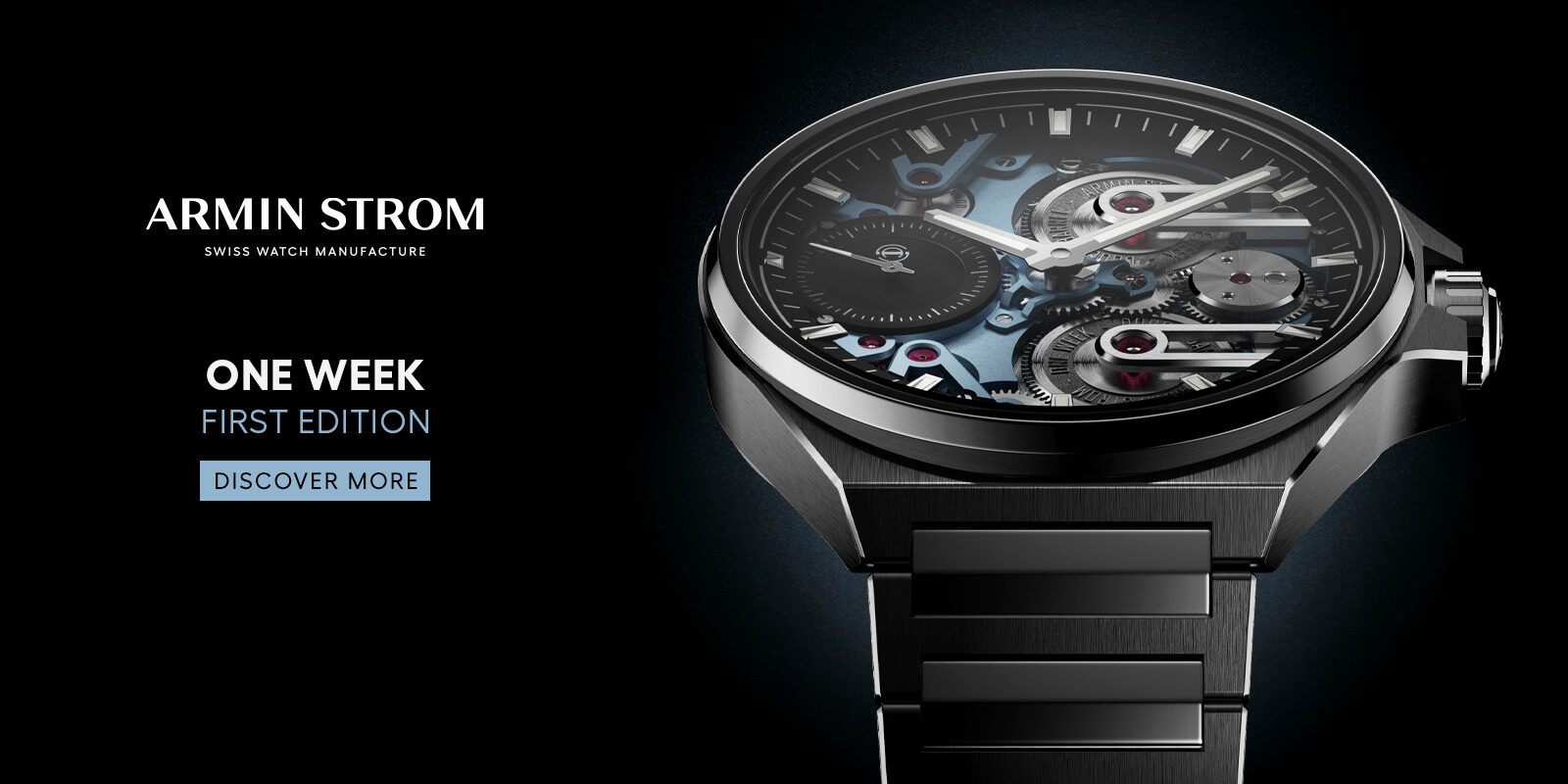
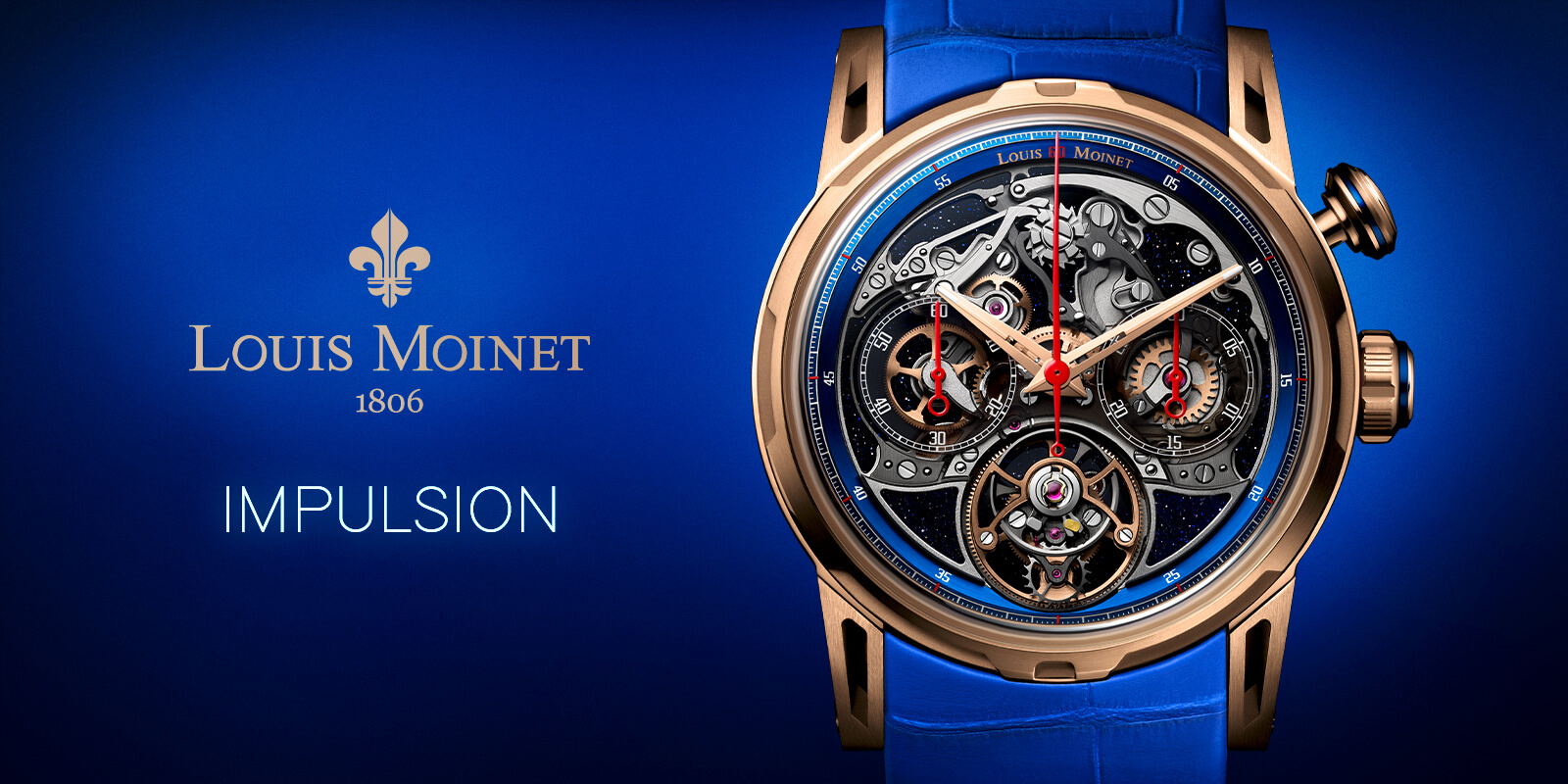
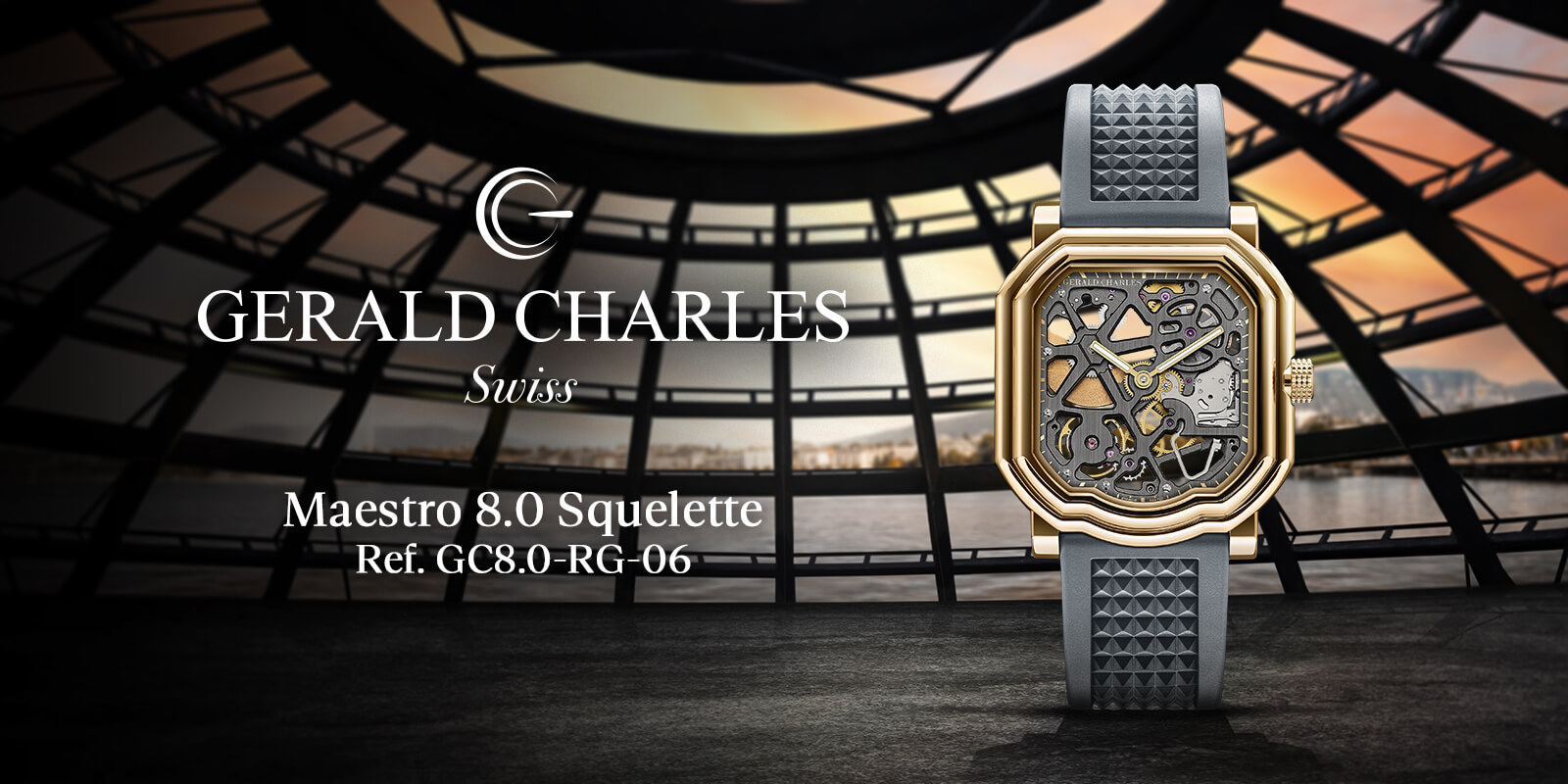
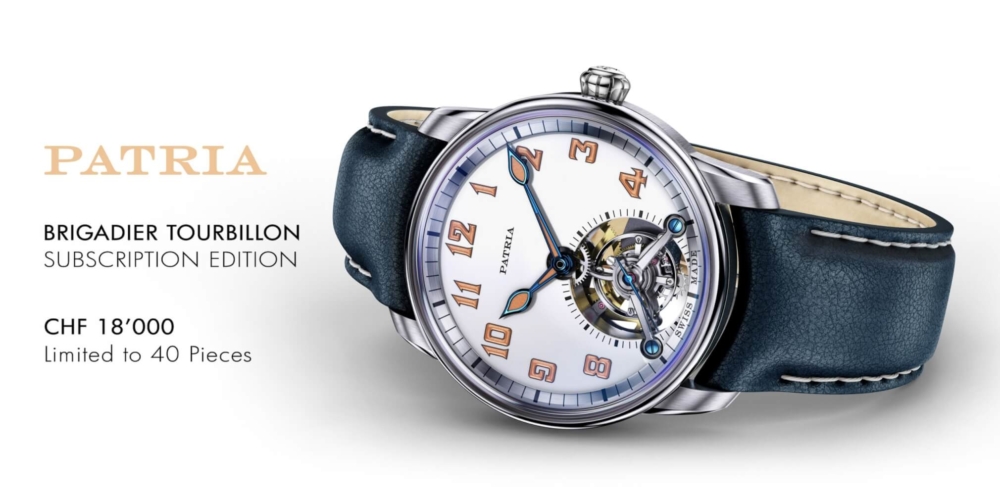


Ken
Thanks for your great article
Hi Greg. Absolute pleasure.
Hi Ken, do you know how many Artist Label single bottles
and how many magnums Maria Teresa fills in a vintage?
Thank you in advance.
kr Andreas
Hi Andreas, Thanks for the query. I do not but I will see what I can find out.
🙏